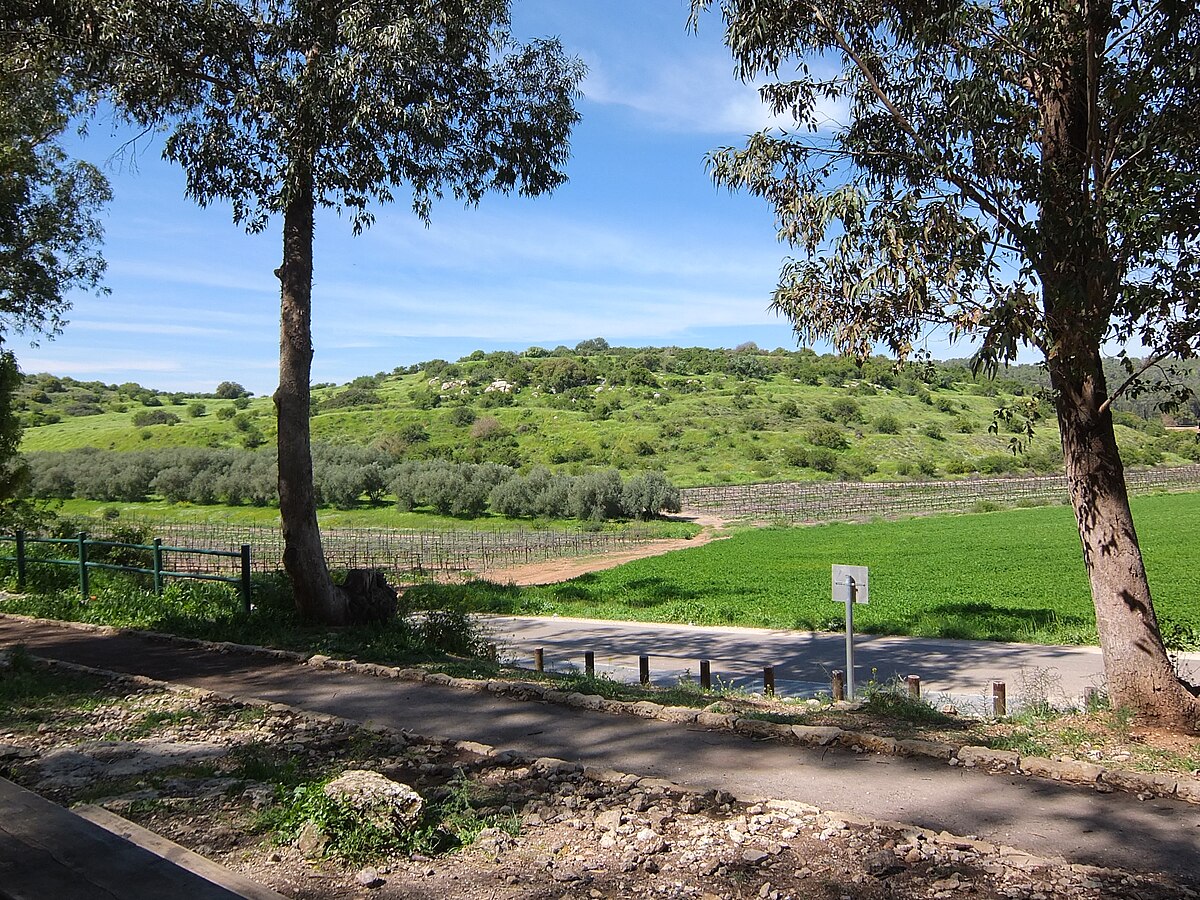In an important 1996
paper, the American Jewish philosopher Berel Lang asked: what is vengeance and revenge in Jewish consciousness worldwide? What about in the Yishuv (the Jewish community in pre-state Palestine), during and after the Holocaust?
By the end of the Second World War, writing about vengeance in Hebrew had taken on a new significance. A million and a half Jews fought in the armies of the Allied Powers. Writing in Hebrew, however, focused on the 30,000 Jews from the Yishuv who volunteered to fight alongside the British army, especially the Jewish Brigade, numbering about 5,000 men. The Brigade fought on the Italian front in March-May 1945, but most of its activity followed the war. Its significance lay in the fact that the language, flag, symbols and anthem of the Jewish Brigade were Hebrew. Brigade people were active in the paramilitary units of the Haganah and Palmach.
In 1945, Jewish Brigade soldiers met for the first time in northern Italy with people of the She’erit Ha-pletah (‘the Surviving Remnant’), Holocaust survivors and refugees, as well as partisans and ghetto fighters. Some of the She’erit Ha-pletah had been active in Zionist youth movements even before the war. Kovner had just gathered in Lublin, Poland, about 50 young men and women who had a burning desire to take revenge against not only the Nazis but the entire German people. The details that captivate the imagination of many in the story of Kovner and the Avengers – ‘Plan A’, the killing of 6 million Germans by poisoning the water supply of major German cities, and ‘Plan B’, the killing of SS officers and Gestapo officials who were imprisoned in prisoner camps – are less important. More significantly, Kovner stands as a bridge between Holocaust survivors, most of whom spoke, read and wrote in Yiddish, and people from the Brigade, who represented the Hebrew Zionist Yishuv. It is the latter who shaped the ethos of the State of Israel, and some of whom later served in senior roles in the IDF and Israel’s security apparatus. This is a significant shift towards revenge as part of the Zionist discourse of military power in the context of conflict with Arabs in Palestine in the years around 1948 and the establishment of the State of Israel.
As the scholar Uri S Cohen has
shown, in the struggle with the Palestinians and Arab states, Hebrew writers and poets, mostly men born in Palestine and known as the Palmach Generation, wrote a great deal about revenge. For example, the novelist Moshe Shamir wrote a series of novels between 1947 and 1951, each featuring a theme of personal and collective revenge, not against the Nazis or Germans, but against Palestinian Arabs. The desire for revenge against Palestinians during the 1948 war coincided with an important transition away from militias such as the Palmach, towards a regular Israeli army. Revenge became a central part of Hebrew militia culture...revenge against the Arabs served as the emotional core of the literature of the 1948 war. During ‘Israel’s border wars’, between 1949 and 1956, which were essentially a chain of ‘reprisal operations’ dominated by the Commando Unit 101, vengeance remained a driving force. From these conflicts emerged well-known fighters who loomed large in the Israeli and Jewish public imagination, including Ariel Sharon and Meir Har Zion.
Kovner is many things, a historical and political figure, a writer, but he is also a symbolic and transitional figure because his words and actions during the 1948 war show a profound change: the transition from revenge as a response to the Nazis and Germans to revenge against Arabs. As Netiva Ben-Yehuda, an Israeli author, editor and radio broadcaster who was a commander in the Palmach, wrote years after about the 1948 war: ‘We fixed our guns on the Arabs, we pulled the trigger … and we imagined to kill Nazis.’
For Lang, the displacement ‘at one farther remove’ of revenge against Nazis or Germans onto Arabs was ‘a form of demonisation and aggression’. Lang maintained that it could not be accounted for by the real threats Israel had faced, and that it required ‘disfigured representations’ of Arabs. In its people’s ‘emergence from [the] powerlessness’ of the Holocaust, the State of Israel had found in the Arabs an ‘available target’ for revenge. The Israeli psychologist Dan Bar-On, who for many years
studied the relations between Israelis, Germans and Palestinians, suggested that the desire for revenge had found an outlet against another group that was causing feelings of threat: the Palestinians, who are perceived as ‘the natural continuation of the previous aggressor’.




